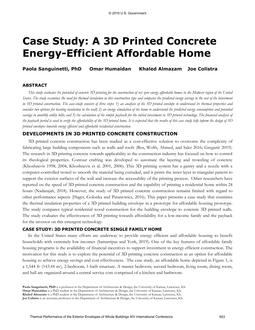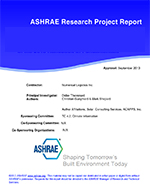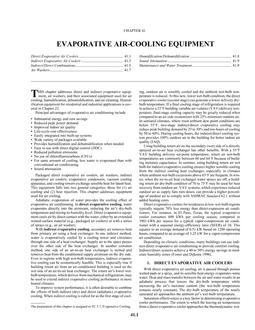Often, when designing and operating buildings, the goal is to achieve low energy consumption as well as a healthy and comfortable indoor environment. Studies in the US and The Netherlands show a large discrepancy between the predicted and the actual energy consumption of buildings. Some buildings perform better than predicted, while other buildings perform (much) worse. Other studies show that the level of occupant satisfaction is often much lower than was anticipated during the design. It is hypothesised that, in daily practice, certain building typologies are more “robust” in terms of indoor climate design and energy performance. If we could determine the building characteristics that make a building robust, we would be able to use this knowledge for “best practices” during the design.
To test the robustness hypotheses, a preliminary study was carried out using two databases: one Dutch database that consists of predicted and actual energy use, and the European Hope database that consists of health and comfort symptoms. Both databases include building characteristics too. In this study, the buildings were divided into nine typologies. The results show that the buildings with a combination of building characteristics denoted as “climate oriented” had the lowest energy use as well as the lowest Building Symptom Index, whereas the building type “climate ignoring” showed higher risks of high energy use as well as a higher Building Symptom Index.
Citation: IAQ Conference: IAQ 2013: Environmental Health in Low Energy Buildings
Product Details
- Published:
- 2013
- Number of Pages:
- 8
- File Size:
- 1 file , 1 MB
- Product Code(s):
- D-2013IAQConf-13


